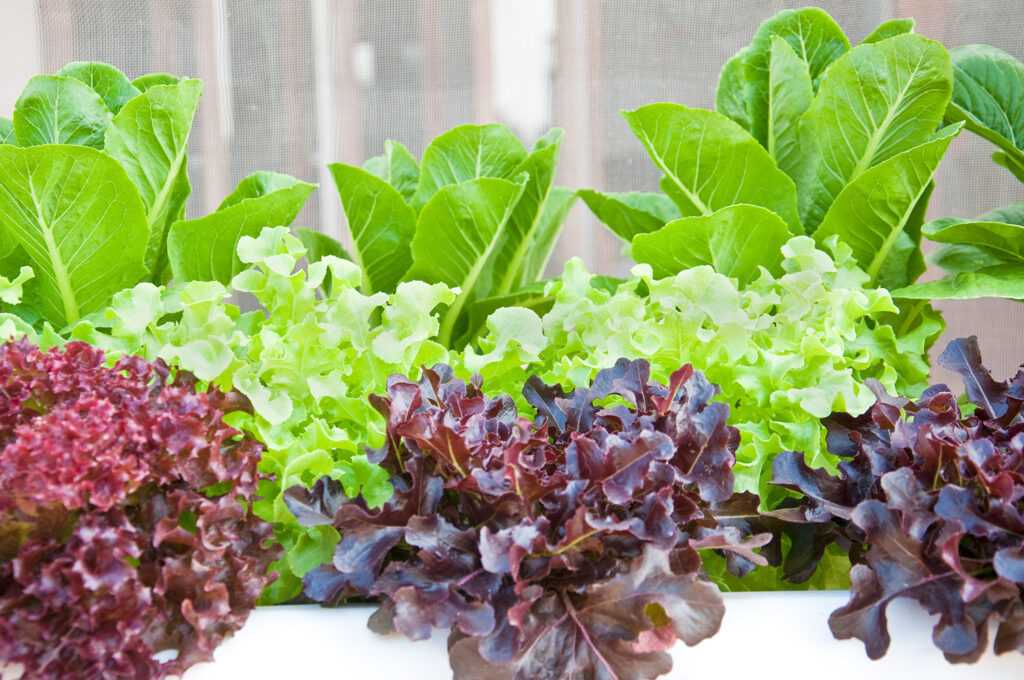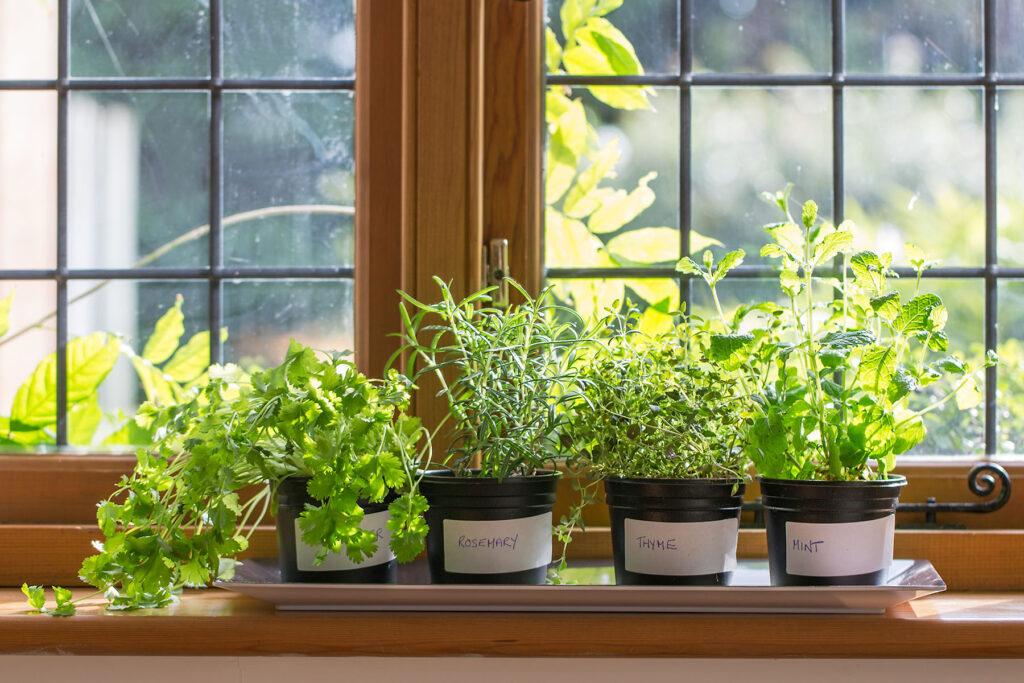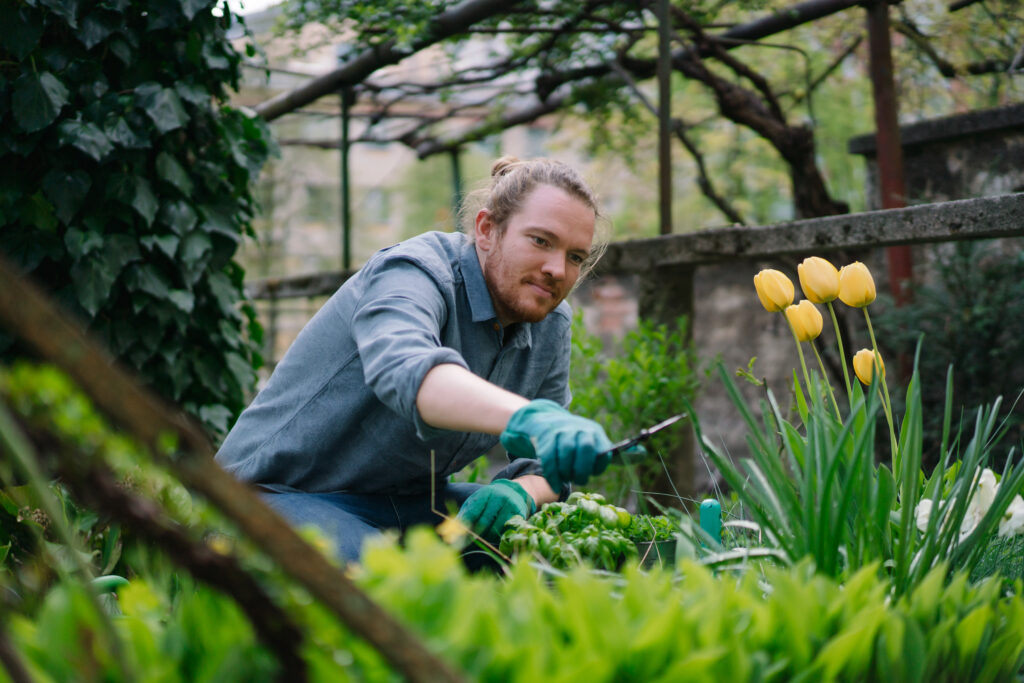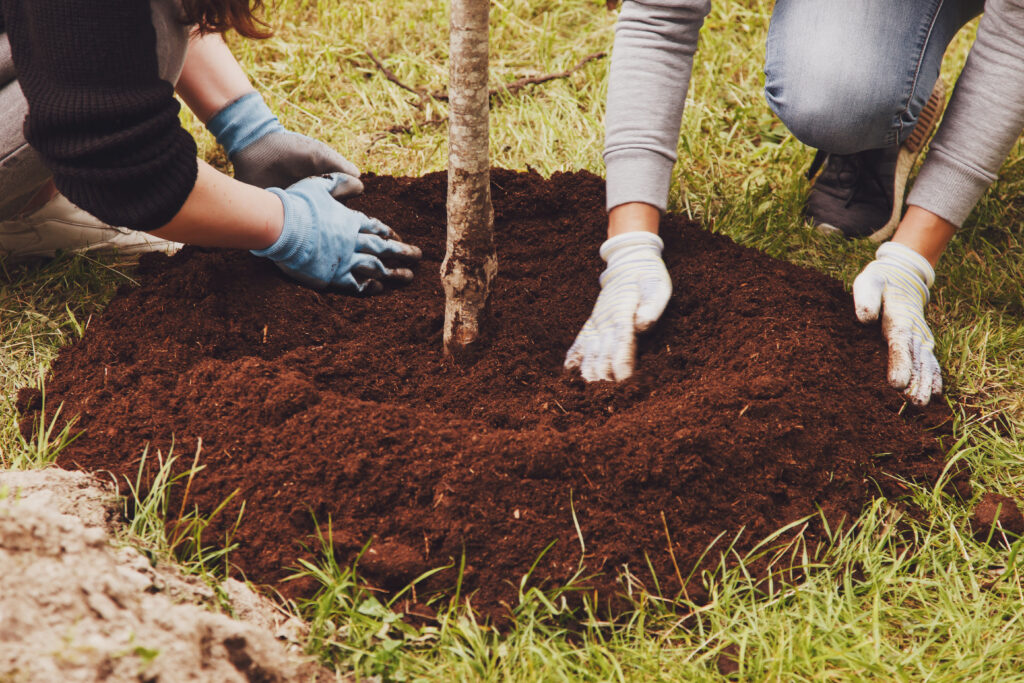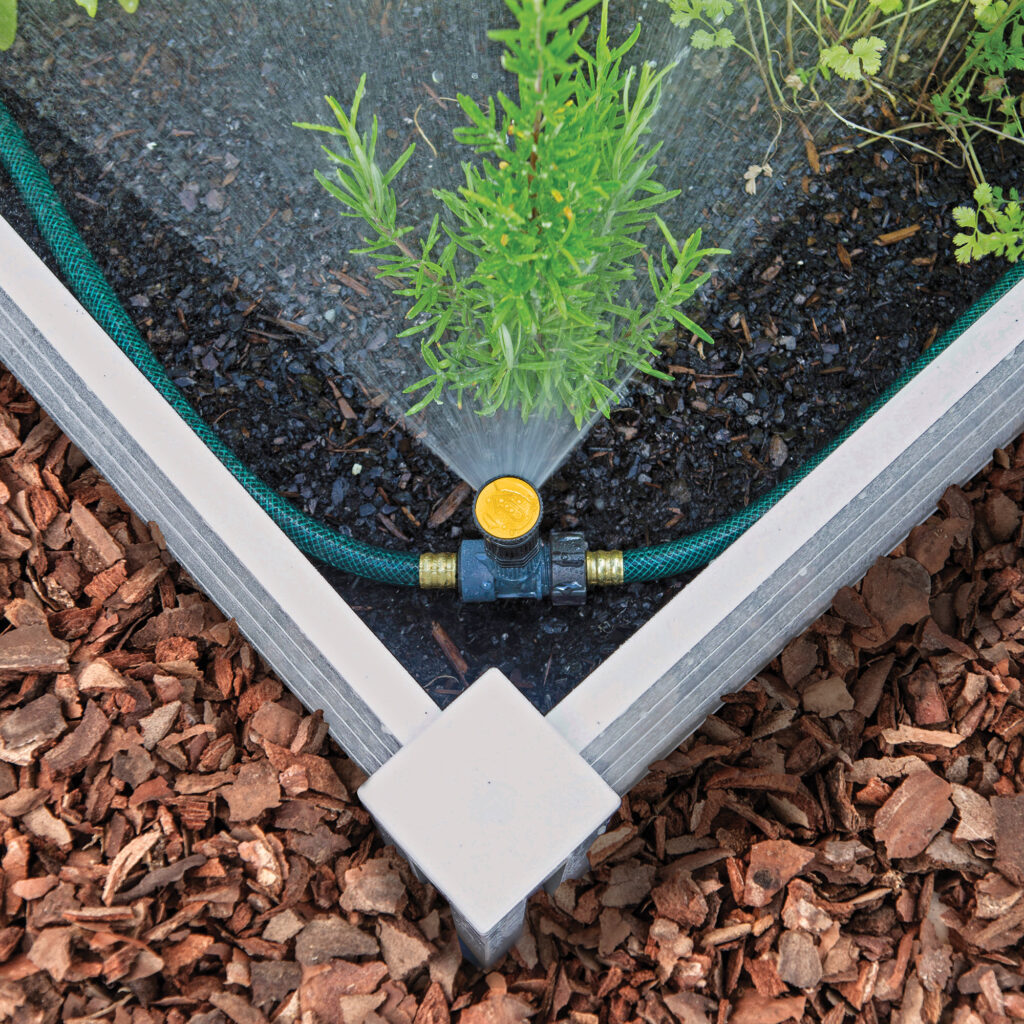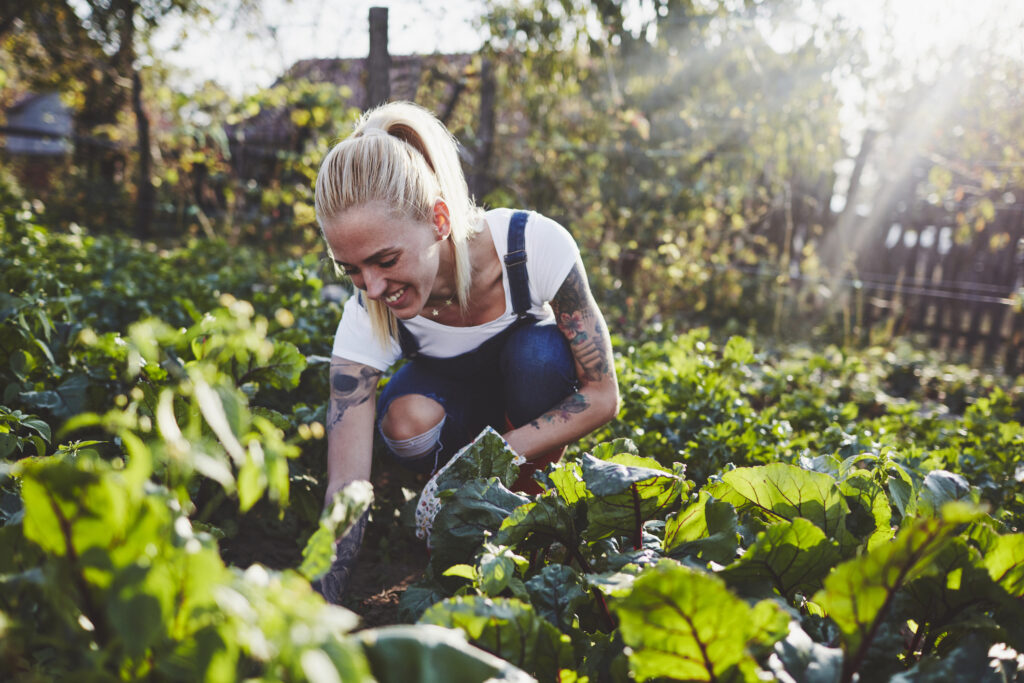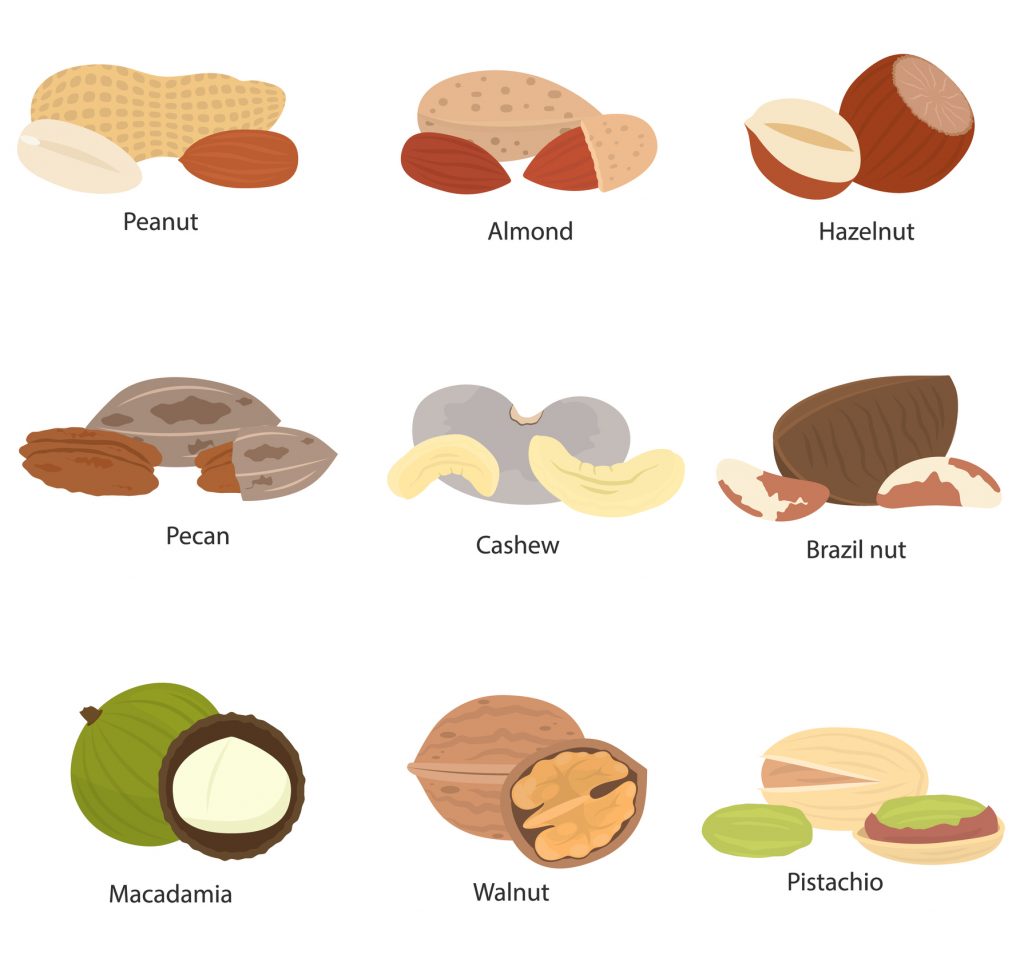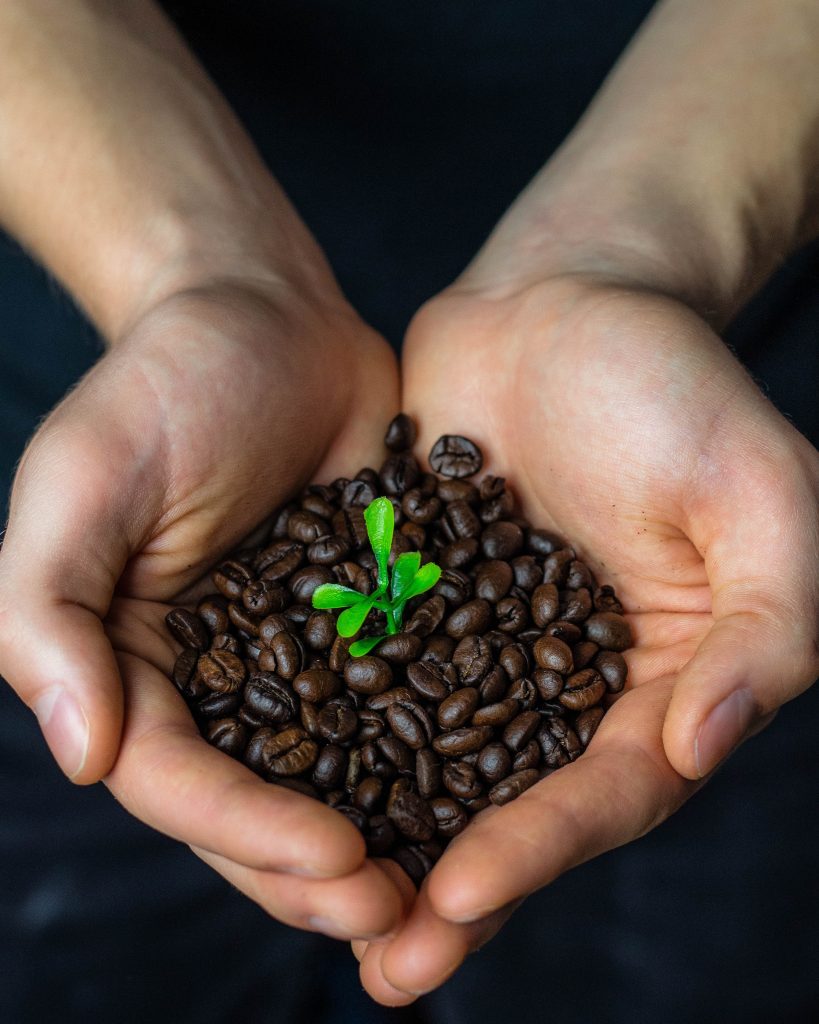Did you know that many outdoor plants can be grown indoors hydroponically, including herbs and vegetables? Learn more with Melnor!
Category Archives: Health Benefits
Growing herbs in your home is convenient and easy! Melnor has compiled five of our top tips for making your indoor herbs successful.
Digging, potting, weeding, mulching, and raking are all everyday gardening chores that may put stress and strain on your joints.
Most plants should be exposed to the sun for 6 hours every day. Other plants, such as Primrose, can grow well in the shade. Keep this in mind when deciding where to place your garden.
Whether you use the plant for its healing properties or not, there are many fun and interesting facts about Dandelions that shed light on the various aspects of this plant.
According to the Arbor Day Foundation and U.S. Forest Service, “Trees properly placed around buildings can reduce air conditioning needs by 30% and can save 20-50% in energy used for heating.”
Thus, the perfect mix is soil that holds moisture well but drains so that your roots don’t become waterlogged. Most plants require oxygen to reach the roots for proper growth indicating a high priority for aeration.
Using this guide and applying the preparation needed, anyone can grow spinach, brussels sprouts, radishes, and turnips — four commonly known, early-spring vegetables.
Nuts are a high-nutritional-value food that contain the majority of the vitamins and minerals the body requires. They are a major source of ALA omega-3 fatty acids.
After the beans have been left to cool down, grind them up – either with a blender or another similarly functioning machine, and add them to your coffee maker.


